How to Transport a Grandfather Clock
Transporting a grandfather clock requires careful planning, professional movers, and secure packing to ensure its safety during relocation, preserving its vintage charm and functionality.
Understanding the Importance of Professional Movers
Hiring professional movers is crucial when relocating a grandfather clock. Their expertise ensures safe handling of this fragile antique furniture, preventing potential damage during the moving process. Professional movers have the right tools and packing materials, such as bubble wrap and cushioning, to secure the clock effectively. With experience in disassembly and transportation logistics, they provide the protection needed for your vintage clock to arrive safely at its new location.
Preparing for the Move
Preparing for the move of a grandfather clock involves several key steps. First, gather necessary tools such as screwdrivers and packing materials like bubble wrap. Next, ensure you have a clear understanding of the clock’s disassembly process by reviewing the manual. Finally, create a checklist to ensure no parts are overlooked during packing, and consider consulting with professional movers for additional guidance and safety precautions throughout the relocation process.
2.1. Gathering Necessary Tools and Materials
Before transporting a grandfather clock, gathering the right tools and materials is essential. You will need screwdrivers for disassembly, bubble wrap for cushioning, and sturdy boxes or crates for secure packing. Additionally, consider floor protection materials to prevent damage during the move. Having a manual for reference is also beneficial. These preparations will ensure that the clock is well-protected, minimizing the risk of damage throughout the relocation process.
2.2. Reviewing the Manual for Disassembly
Before attempting to disassemble your grandfather clock, thoroughly reviewing the manual is crucial. The manual provides specific instructions on safely removing the pendulum and weights, as well as disassembling the wooden case. Understanding this process helps prevent damage to fragile components. Take notes on any precautions and steps outlined in the manual, ensuring a smooth disassembly and packing process for the upcoming relocation of your cherished antique clock.
Packing the Grandfather Clock
Packing a grandfather clock requires careful attention to detail to ensure its protection during transportation. Begin by wrapping delicate components, such as the pendulum and weights, in bubble wrap for cushioning. Securely place these items in a padded box. For the wooden case, use moving blankets to prevent scratches. Finally, label all boxes clearly to facilitate easier unpacking and setup once the clock reaches its new location safely.
3.1. Using Bubble Wrap and Cushioning for Protection
When packing a grandfather clock, using bubble wrap and cushioning is essential for safeguarding its fragile components. Start by wrapping the pendulum and weights individually in bubble wrap to absorb shocks during transport. For the case, use thick moving blankets or foam padding to create a protective layer. Ensure that all items are snugly packed, reducing movement inside the boxes and preventing damage from jostling during relocation.
3.2. Creating a Secure Crate for Transportation
To ensure safe transportation of a grandfather clock, creating a secure crate is vital. Start by measuring the clock’s dimensions to construct a custom-sized crate. Use strong plywood or similar material for durability. Line the interior with foam or padding for cushioning. Securely fasten the clock inside the crate using straps or blocks to prevent movement; Label the crate clearly, indicating its fragile nature and handling instructions for movers.
Disassembly Process
The disassembly process of a grandfather clock is crucial for safe transportation. Begin by removing the pendulum and weights, ensuring they are securely wrapped for protection. Next, carefully detach the clock’s movement and any decorative elements to avoid damage. It’s essential to document each step, either through notes or photographs, to streamline reassembly. Proper disassembly minimizes risks and makes packing and transporting the clock much more manageable and secure.
4.1; Removing the Pendulum and Weights
To safely transport a grandfather clock, start by removing the pendulum and weights. Gently lift the pendulum from its hook and wrap it in bubble wrap for cushioning. Next, detach the weights by carefully unhooking them from the movement. Ensure each weight is individually wrapped to prevent damage. Store these components in a secure box, clearly labeled, to simplify reassembly and ensure their protection during transit to the new location.
4.2. Disassembling the Wooden Case
Disassembling the wooden case of a grandfather clock requires careful attention to avoid damage. Begin by removing any decorative elements, such as finials or glass panels, and gently setting them aside. Use the appropriate tools to unscrew and detach the case sections, ensuring you keep all screws and hardware organized. Wrap each disassembled piece in protective padding, securing them in boxes to ensure safe transportation and prevent scratches during the move.
Handling and Floor Protection
When transporting a grandfather clock, proper handling and floor protection are essential to ensure safety. Always lift the clock carefully, using both hands to support its weight and avoid strain. Lay down floor protection, such as moving blankets or cardboard, to prevent scratches or dents. Communicate clearly with your moving team to coordinate movements, minimizing the risk of accidents and ensuring a smooth relocation of this delicate antique furniture.
5.1. Precautions During Moving
Taking precautions during the moving process of a grandfather clock is crucial for its safety. Ensure that the path is clear of obstacles to prevent tripping hazards. Always communicate with your team members, using clear signals when lifting or moving the clock. Avoid sudden movements, and keep the clock upright at all times. Additionally, handle the clock gently, minimizing vibrations that could damage its delicate components during transportation.
5.2. Ensuring Safety and Floor Protection
Ensuring safety and floor protection during the transport of a grandfather clock is paramount. Use thick moving blankets to cover the floors in both the old and new locations, preventing scratches or damage. Additionally, place corner guards on walls to avoid impacts. When moving the clock, use a dolly or furniture straps for added stability. This approach minimizes risks and ensures both the clock and your flooring remain unscathed throughout the move.
Logistics of Transportation
Planning the logistics of transporting a grandfather clock is critical to ensure a smooth move. Begin by selecting the right vehicle, ideally one with ample space and climate control to protect the clock from temperature changes. Schedule the move during off-peak hours to avoid traffic. Additionally, coordinate with professional movers who understand the nuances of handling fragile antiques, ensuring that the clock is secured properly for safe transit to its new location.
6.1. Choosing the Right Vehicle
Selecting the right vehicle for transporting a grandfather clock is essential for its safety. Opt for a van or truck with a spacious interior, allowing ample room for the clock and protective packing materials. Ensure the vehicle has a flat surface and secure tie-down points to prevent movement during transit. Additionally, consider vehicles with climate control to protect the clock from extreme temperature fluctuations that could damage its delicate components.
6.2. Securing the Clock During Transit
Securing the grandfather clock during transit is vital to prevent damage. Begin by placing the clock in its padded crate, ensuring that it fits snugly without excessive movement. Use straps or tie-downs to secure the crate to the vehicle’s anchor points, preventing shifting during transport. Additionally, surround the crate with soft padding or blankets to absorb shocks. Regularly check the load during stops to ensure everything remains securely in place.
Setting Up the Clock at the New Location
Setting up the grandfather clock at its new location requires careful attention to detail. Begin by unpacking each component, ensuring that they remain intact and undamaged. Follow the disassembly notes or manual for reassembling the clock, taking care to secure the pendulum and weights properly. After assembly, level the clock to ensure accurate timekeeping. Finally, adjust the settings and test the functionality to confirm everything operates smoothly and correctly.
7.1. Assembly Instructions
To assemble the grandfather clock, start by securing the wooden case in an upright position on a stable surface. Carefully reattach the clock movement, ensuring that all screws are tight. Next, hang the pendulum from its designated hook, followed by adding the weights back into their positions. Once assembled, double-check all connections and ensure the clock is level. Finally, follow any specific settings outlined in the manual for accurate timekeeping.
7.2. Ensuring Proper Functionality
After assembling the grandfather clock, ensuring proper functionality is crucial for accurate timekeeping. Start by winding the weights fully to provide adequate power. Check that the pendulum swings freely and evenly, adjusting if necessary. Observe the clock for a few minutes to confirm it is keeping time accurately. If issues arise, consult the manual for troubleshooting tips or seek assistance from professional movers experienced in clock restoration and maintenance.
Insurance and Safety Considerations
When transporting a grandfather clock, understanding insurance and safety considerations is essential. Check if your current homeowner’s insurance covers antique furniture during relocation. If not, consider purchasing moving insurance specifically for the clock. Ensure that professional movers are insured, as this provides additional protection. Always document the clock’s condition with photographs before the move, offering proof in case of damage and ensuring peace of mind throughout the transportation process.
8.1. Understanding Insurance Options for Vintage Clocks
Understanding insurance options for vintage clocks is crucial before transporting your grandfather clock; Many standard homeowners’ insurance policies may not cover full value during relocation. Research specialized moving insurance that specifically covers antiques and fragile items. Consider appraising the clock to establish its value, ensuring adequate coverage. Speak with insurance providers about your options, ensuring peace of mind and financial protection against potential damage during the moving process.
8.2. Final Safety Checks After Setup
After setting up the grandfather clock, performing final safety checks is essential. First, ensure the clock is level and stable on its base to prevent tipping. Check that all components, including the pendulum and weights, are securely attached. Observe the clock’s operation for a few hours, confirming it keeps accurate time. Lastly, inspect the surrounding area for any potential hazards that could damage the clock in its new location.
Restoration and Care for Antique Furniture
Restoration and care for antique furniture, including grandfather clocks, are essential to maintain their beauty and functionality. Regularly dust the clock using a soft, lint-free cloth to prevent buildup. Avoid using harsh chemicals, as they can damage finishes. For deeper cleaning, consider professional restoration services that specialize in antique clocks. Always address any repair needs promptly, ensuring the clock remains in great condition for future generations to enjoy.
9.1. Tips for Maintaining the Grandfather Clock
Maintaining a grandfather clock involves several key practices to ensure longevity. Regularly wind the clock according to its specific mechanism—typically once a week. Dust the exterior gently with a soft cloth to maintain its finish. Keep the clock in a stable environment, away from direct sunlight and humidity. Additionally, have a professional inspect and service the clock every few years, addressing any mechanical issues promptly to ensure accurate timekeeping.
9.2. Seeking Professional Restoration Services
When transporting a grandfather clock, seeking professional restoration services can be invaluable. Experts specialize in repairing and restoring antique clocks, ensuring that all components function properly after relocation. Research reputable restoration specialists who have experience with vintage clocks, checking reviews and references. A professional service can address any damage incurred during the move, preserving the clock’s value and enhancing its beauty for years to come, safeguarding your investment.
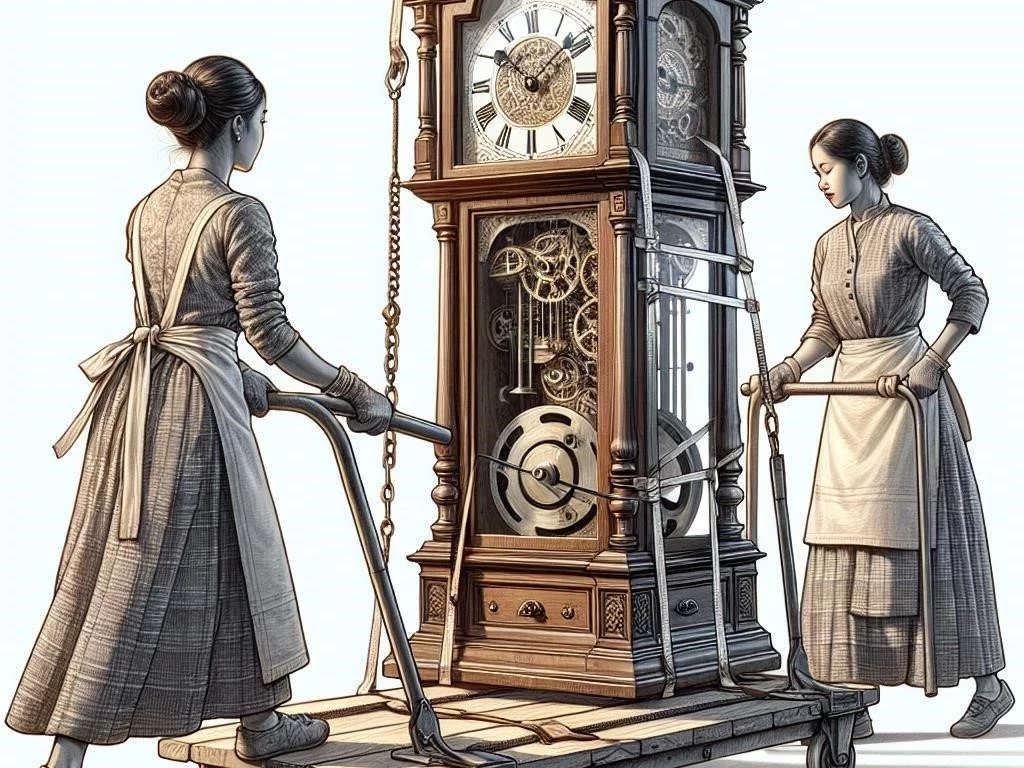
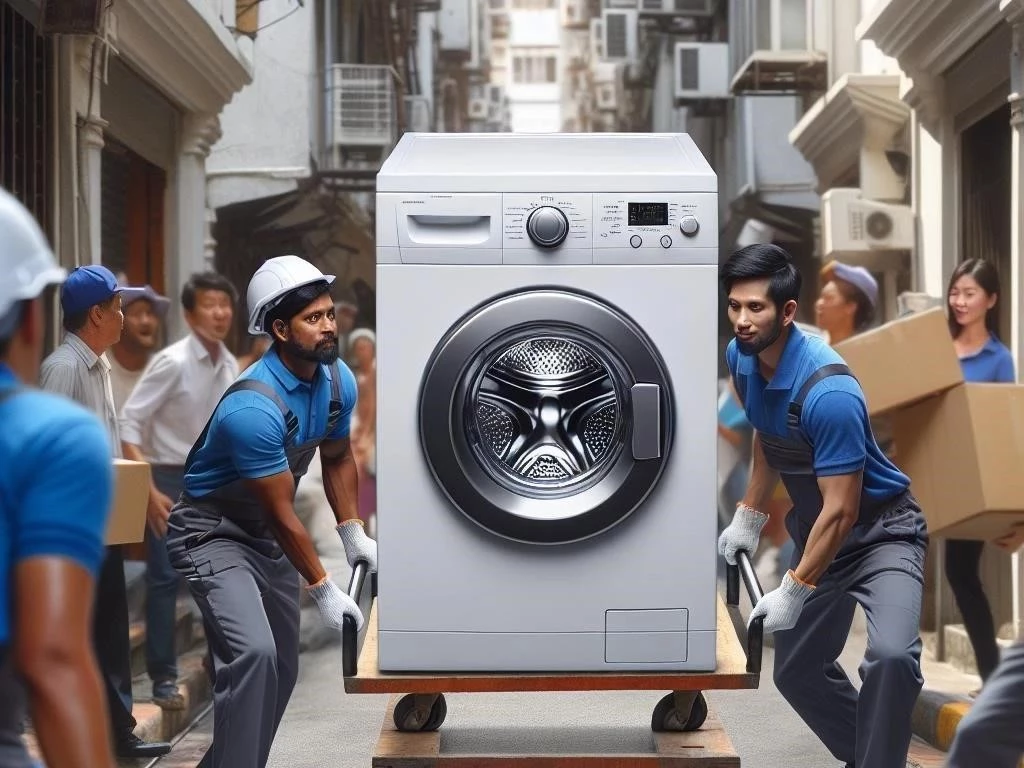
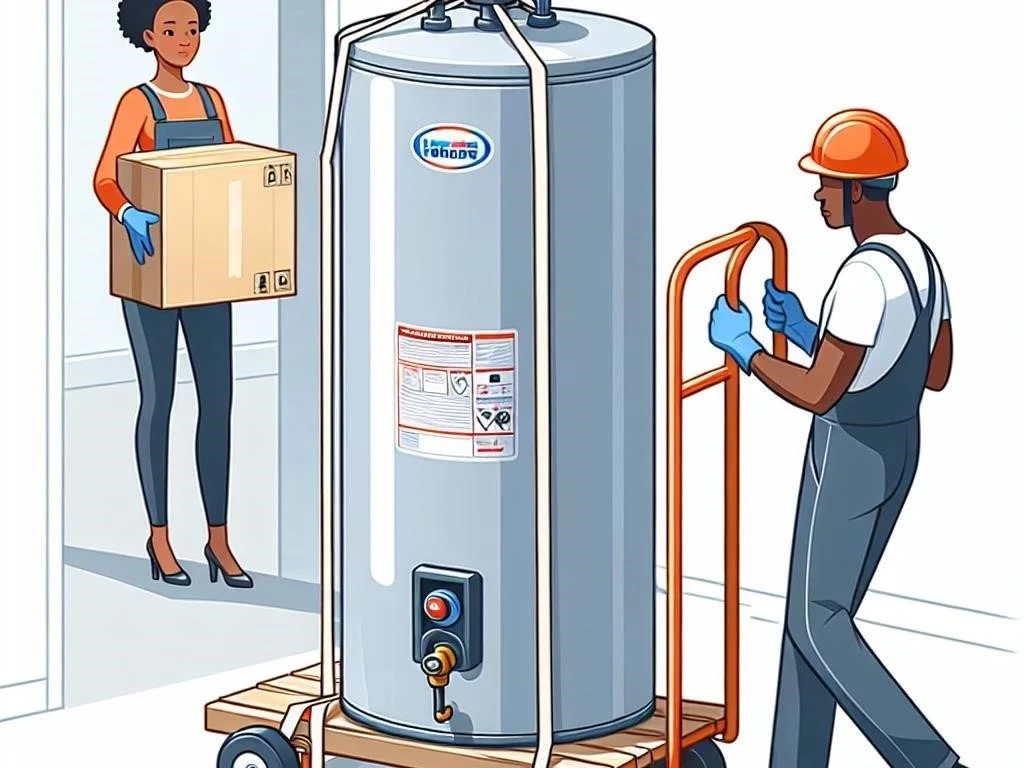

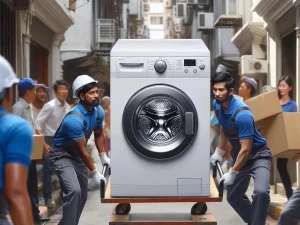




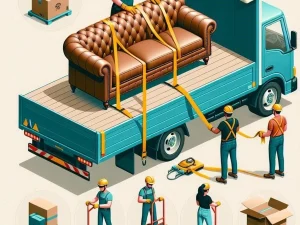
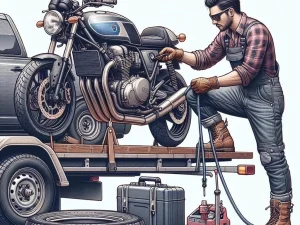
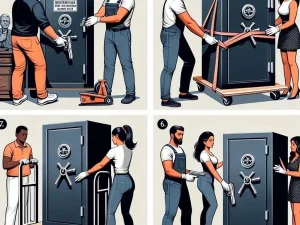

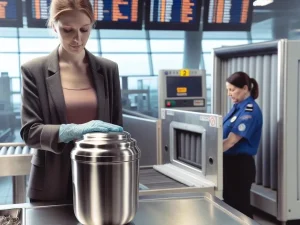
Post Comment